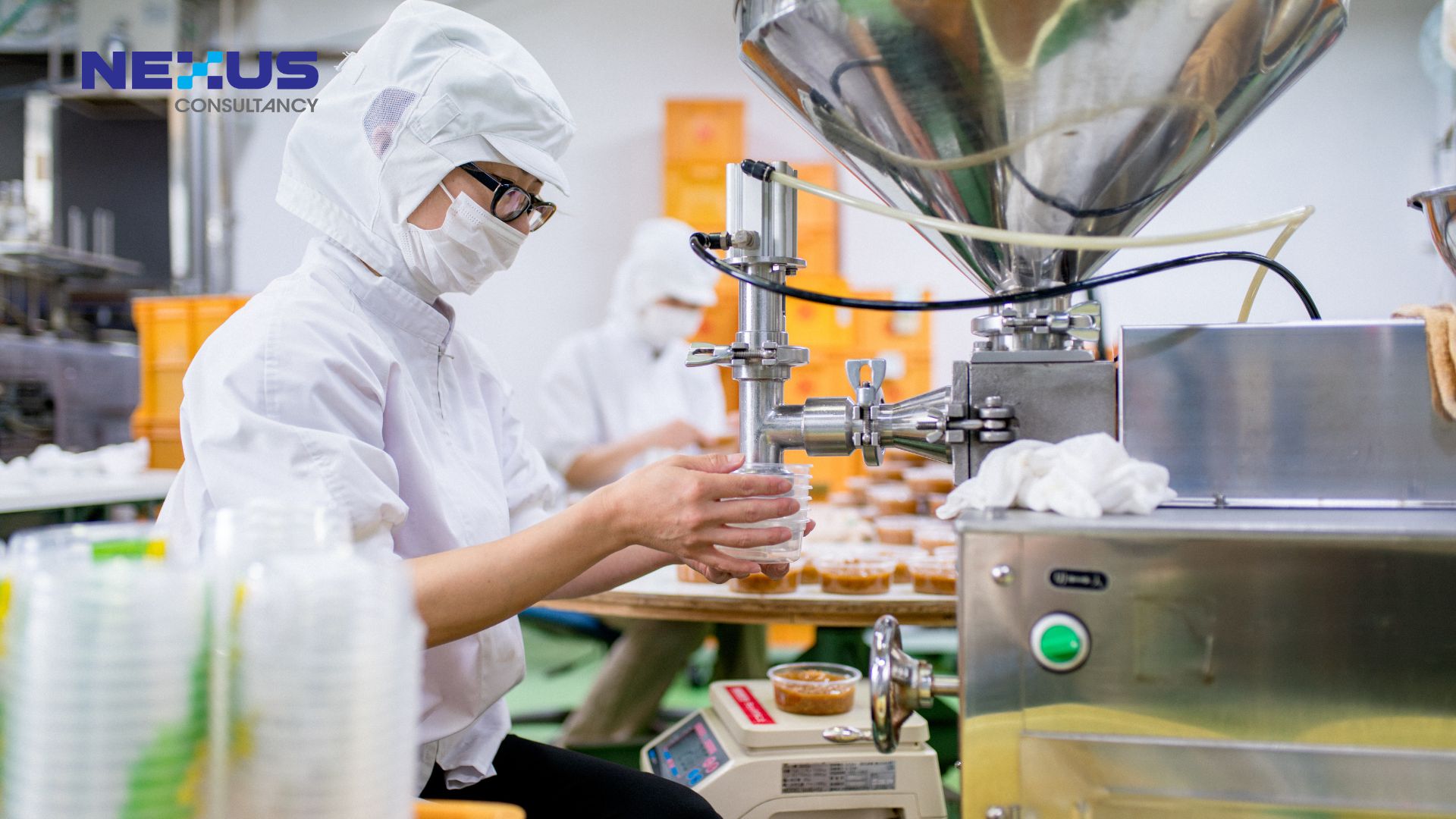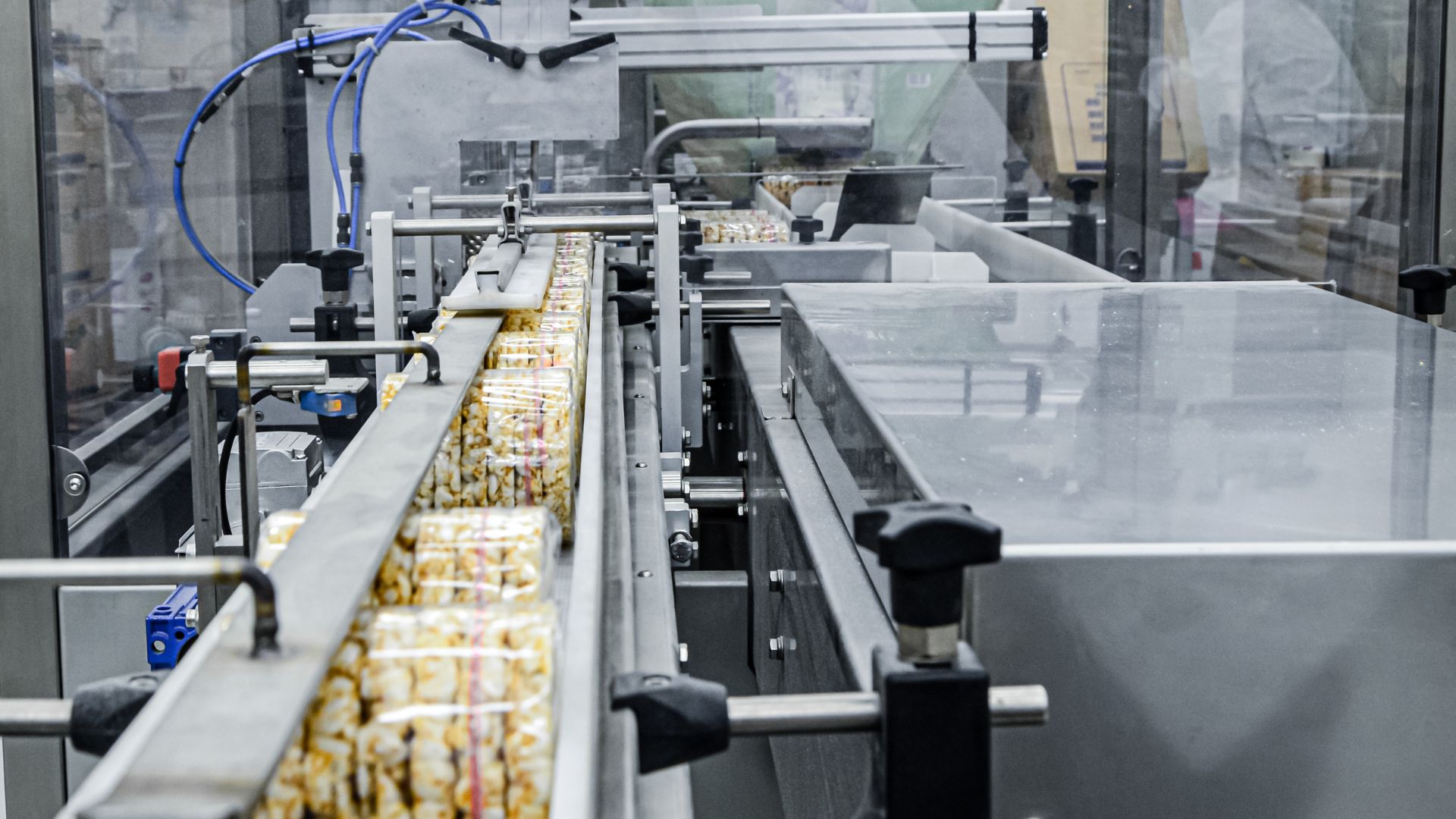
Danielle Tan
Chief Operating Officer
The ISO 14064-1 standard provides guidelines for organizations to quantify, monitor, and report greenhouse gas emissions and removals. This aims to explain the purpose and scope of ISO 14064-1, helping readers understand its importance in greenhouse gas reporting and environmental management.

Ensuring a secure food supply goes beyond adhering to sanitation protocols; food and beverage manufacturers require a comprehensive strategy for food safety across all organizational levels. The culture of food safety encompasses aspects such as employee accountability, training, communication, and leadership commitment. However, manufacturers face unique vulnerabilities that pose challenges to maintaining a consistent food safety culture.
First, what is food safety culture?
The Global Food Safety Initiative (GFSI) defines food safety cultures as: “shared values, beliefs and norms that affect mindset and behavior toward food safety in, across and throughout an organization.”
The fact is getting everyone in an organization to agree on how we think and act about food safety is really tough. People in a company come from different backgrounds and have different ideas, so making everyone agree on what’s important is a big challenge. It means dealing with different cultures, understanding what each person sees as important, and finding ways to bring everyone together. Also, the rules about food safety can change, making it even trickier. Keeping everyone on the same page needs constant talking, teaching, and reminding. It’s not just about bosses saying it’s important; everyone from the top to the bottom needs to believe and act like keeping food safe is crucial. Making sure everyone shares the same values is like building a strong foundation for a safe food culture in the whole organization.
The following are key obstacles to establishing an effective and steadfast food safety culture, along with suggestions on overcoming them:
#1. Exposed Materials
Manufacturers, unlike other entities in the food supply chain, handle raw materials directly, making the products more susceptible to contamination. Establishing and reinforcing a food safety culture in manufacturing facilities is crucial to prevent compliance breaches. Strengthening leadership commitment, investing in extensive training, and allocating sufficient time for employees to follow protocols can enhance adherence to best practices.
#2. High Employee Turnover
The Great Resignation of 2021 led to widespread employee departures, affecting various industries, including food manufacturing. A reported 58% of food manufacturers are understaffed, leading to potential lapses in food safety culture. Streamlining training, offering frequent refreshers, and implementing employee monitoring can help address the challenges posed by high turnover, reducing

#3. Production Pressures
Manufacturers often face pressure to meet ambitious production targets, especially after pandemic-related profit losses. The fast-paced environment may compromise food safety practices as leaders and employees prioritize meeting goals. Company leaders must remain vigilant in prioritizing food safety over production quotas, even if it means reducing output and allowing more time for quality control.
#4. Supply Chain Disruption
Changes in procurement strategies and ongoing shipping challenges have forced manufacturers to find new, reliable suppliers. Supply chain disruptions can make it challenging to vet vendors and ensure consistent food safety standards. Rigorous supplier management programs and increased vigilance among frontline workers are essential to prevent shortcuts and maintain food safety.

#5. Cost Saving and Money Earning First
When an organization sets its goals, making sure the food is safe should be the most important one. It’s even more crucial than other goals, like trying to save money. We need to strongly commit to keeping our food safe, and that means understanding that, while money is important, it can’t make us ignore safety rules. To make sure food safety is our top priority, we have to change the way we think about it. It’s not just about making money; it’s about finding a good balance that puts the safety of the people who eat our food above everything else. By creating a culture that truly values food safety, organizations can make sure they stay committed to it, even when there’s pressure to focus only on making more money.
#6. Changing Attitudes and Behaviors
Making people think and act differently about food safety is like making small, steady improvements. Many organizations already have some safety habits, so it’s not like we’re starting everything from scratch. Each organization is unique, with its own way of doing things, leaders, and resources. It’s like each place has its own personality. The challenge is to create a plan that checks how well the good food safety habits are growing and helps guide everyone to do even better.

#7. Consistency
When we want to change the way everyone thinks and acts about food safety, it’s not about doing something big every day. It’s more like doing a little bit better every month and being steady with it. People often think they can do a lot in a short time but forget that doing a little bit consistently over a long time is more powerful. Changing everything all at once can confuse people and make them want to give up. So, the magic word for changing how we think about food safety is being consistent. Building good food safety habits is a journey, not a quick destination. Over time, the changes that last are the ones that were planned, understood, and done steadily. If we make small changes every month and keep doing it for 10 years, our organization will be completely improved and matured.
Conclusion
In the pursuit of a secure food supply, prioritizing food safety is not just a matter of following protocols; it requires a comprehensive approach embedded in the organizational culture. Defined by the Global Food Safety Initiative (GFSI) as shared values, beliefs, and norms, a robust food safety culture is essential. The challenge lies in aligning diverse perspectives within organizations, necessitating constant communication and reinforcement. Key obstacles, such as exposed materials, high turnover, production pressures, and supply chain disruptions, underscore the complexity. Prioritizing food safety over financial goals, promoting gradual behavioral changes, and fostering consistency emerge as critical strategies for cultivating a resilient food safety culture that stands the test of time.
Take the First Step Towards Excellence! Contact us today to learn more about how your organization can elevate your food safety standards and establish a culture of excellence within your organization.






